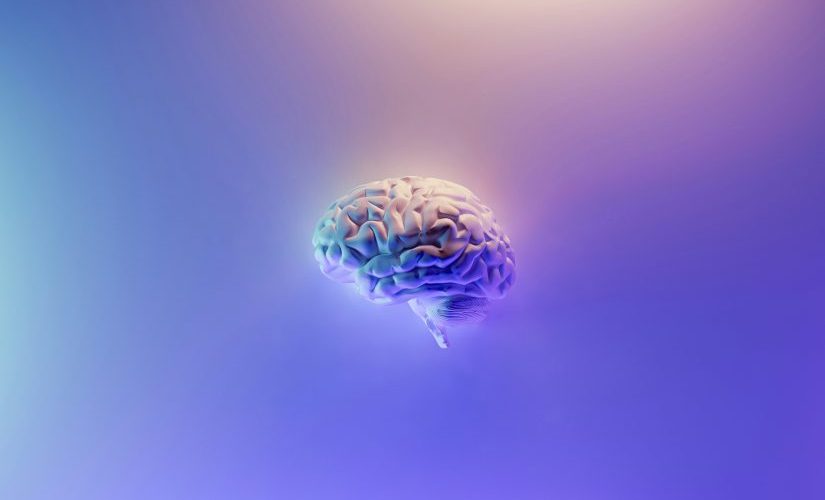AI 可以以90%的准确率确定一个人的性别
科学家们创建了一个AI模型,仅通过脑部扫描就可以确定一个人的性别,解决了一个长期存在的问题
“`html
AI Can Now Tell a Person’s Sex with 90% Accuracy through Brain Scans Alone!

In a groundbreaking development in the world of artificial intelligence (AI), researchers have successfully developed a model that can determine a person’s sex through brain scans alone, with an impressive accuracy rate of 90%. This milestone brings us closer to settling the age-old controversy surrounding physiological differences between male and female brains. But before anyone jumps to conclusions, let me clarify: this does not mean that one gender is smarter than the other. Phew! 🤔😊
Historically, studies attempting to differentiate between male and female brains have yielded inconsistent and contradictory results. This inconsistency arises from the fact that men’s bodies, on average, are slightly larger than women’s bodies, which means their brains are also slightly larger. However, this new AI model opens up a whole new realm of possibilities.
The study’s senior author and director of the Stanford Cognitive and Systems Neuroscience Laboratory, Vinod Menon, highlighted that understanding sex differences in brain development is crucial in comprehending aging processes, psychiatric disorders, and neurological disorders. Identifying and replicating sex differences in healthy adult brains is a critical step towards unveiling sex-specific vulnerabilities in psychiatric and neurological conditions.
To build their AI model, Menon’s team employed a process called dynamic functional connectivity fMRI. Initially, the AI was trained to recognize the subtle variations in MRI scans between men and women. Once the AI was acquainted with distinguishing between male and female brain scans, it was fed more scans to test its ability to identify the sex of the subjects. And guess what? It achieved a remarkable 90% accuracy rate! 🧠🤖
- 三星音频升级:将创新带到各处设备 🎧📱🖥️📺💥
- 通过全能微软办公室 Pro 2021 和 Windows 11 Pro 套餐,升级您的操作系...
- 📺 苹果发布 tvOS 17.4 更新的第四个测试版:有什么新功能和预期内容?
Menon emphasized that the success of the AI model in distinguishing between male and female brain patterns signifies the importance of acknowledging sex differences in brain organization. Neglecting these distinctions could lead us to overlook critical factors underlying neuropsychiatric disorders. However, the implications of this AI model extend far beyond sex differentiation.
Menon plans to make the AI model available for other researchers to use, as he believes it has broad applicability in various fields. For instance, researchers can employ this model to identify brain differences linked to learning impairments or social functioning disparities. This opens up exciting possibilities for advancements in understanding and aiding individuals in overcoming these challenges 💡🌟
In the intersection of AI and medicine, this breakthrough is just one of many to come. For more fascinating stories on how AI is revolutionizing the medical field, check out our articles on Neuralink’s groundbreaking brain implant trials and wearable AI for real-time brain stimulation.
Q&A: Your Burning Questions Answered
Q: Can this AI model be used to determine intelligence levels based on brain scans? A: No, this AI model can only distinguish between male and female brains. Intelligence is a complex trait influenced by various factors and cannot be determined solely through brain scans.
Q: Are there any other physiological differences between male and female brains? A: While brain size is one factor, there are other subtle variances in brain structure and connectivity. However, it’s essential to note that these differences do not necessarily correlate with intelligence or skill levels.
Q: How can these findings benefit individuals with psychiatric or neurological disorders? A: By understanding sex-specific vulnerabilities in these disorders, researchers and healthcare professionals can develop targeted interventions and treatment plans for improved outcomes.
The Impact and Future of AI in Brain Research
The development of this AI model marks a significant milestone in brain research. By leveraging AI technology to discern subtle patterns in brain scans, researchers can uncover new insights into how the brain functions and discover previously unknown connections between brain organization and mental health.
Moving forward, this AI model has vast potential for advancing our understanding of human cognition and behavior. It can help researchers delve deeper into learning impairments, social functioning difficulties, and other neurodevelopmental disorders. By applying AI to brain research, we can pave the way for personalized interventions and better support for individuals facing these challenges.
To learn more about the latest advancements at the intersection of AI and medicine, visit the following links:
- Neuralink’s First Human Brain Implant Trial Begins
- Elmind: Wearable AI for Real-Time Brain Stimulation
“““html

关于作者
查洛特·科伦波
夏洛特·科伦波是一名自由记者,在Metro.co.uk、Radio Times、The Independent、Daily Dot、Glamour、Stylist、VICE等出版物上都有令人瞩目的署名。作为娱乐媒体The Digital Fix的工作人员撰稿人两年时间,她在技术和数字文化领域的专业知识得到了巩固。夏洛特在伦敦城市大学获得杂志新闻学硕士学位,从事自由撰稿工作已有三年时间,专注于技术、数字文化、娱乐、生活方式和神经多样性领域。
在 LinkedIn 上关注查洛特·科伦波。
嘿,读者们!你对人工智能通过脑部扫描来确定一个人的性别有什么看法?分享你的见解,让我们开始讨论吧!不要忘记点击社交媒体分享按钮,传播有关人工智能在脑部研究中激动人心可能性的信息。🧠💻
“`






